
Sources of inspiration and basic elements of composition are the two topics we have approached in this class.
Last Thursday in my studio : an atmosphere of magic like when witches gather around a cauldron…
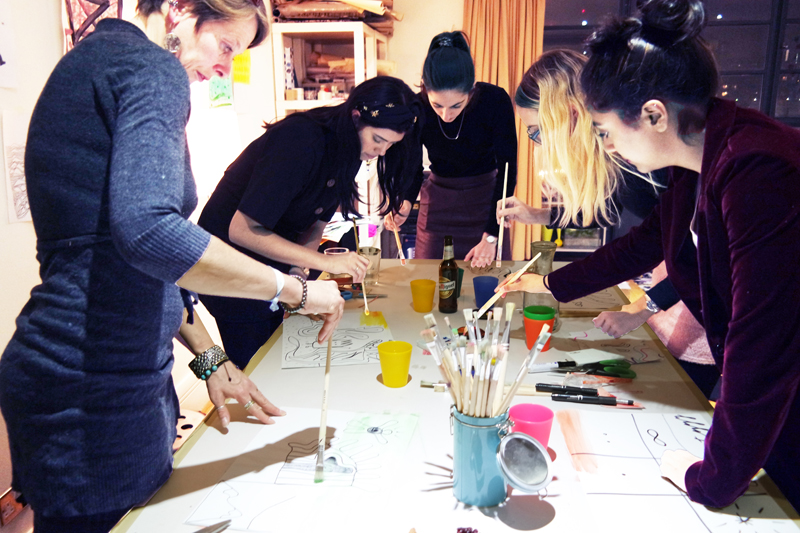
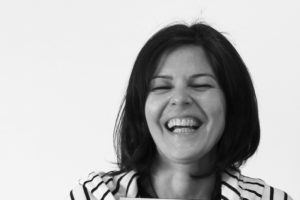
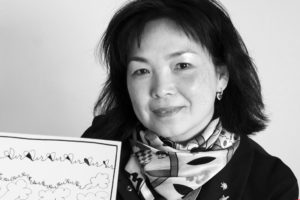
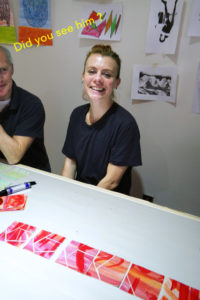
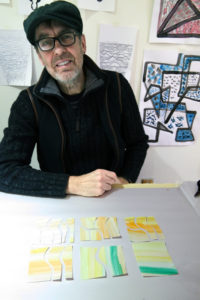
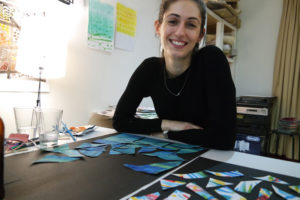
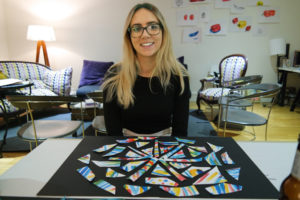
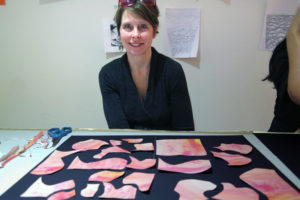
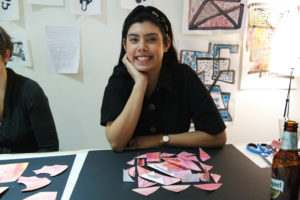
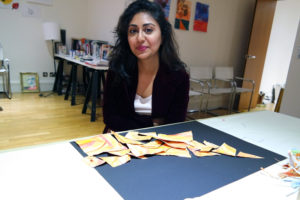
Exercise #1 : To start the New Year in good mood, we play “A Fake Artist Goes To New York”. A smart trigger to call and widen creativity
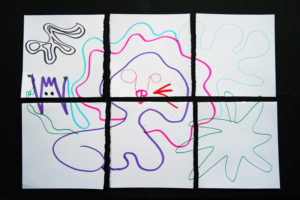
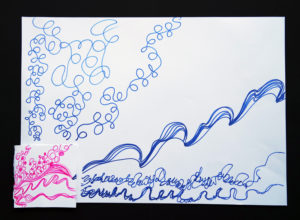
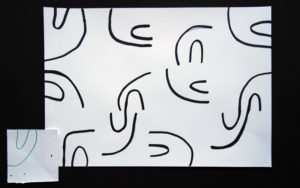
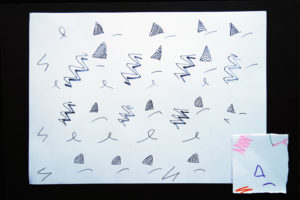
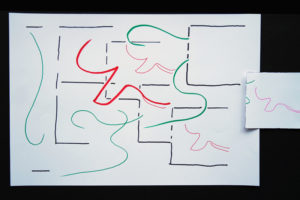
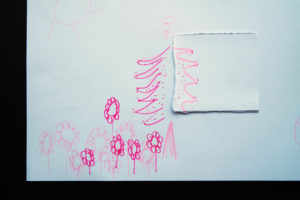
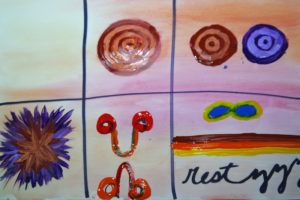
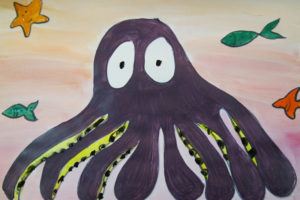
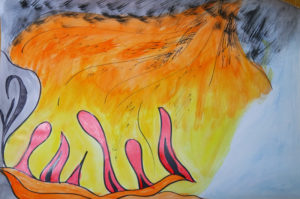
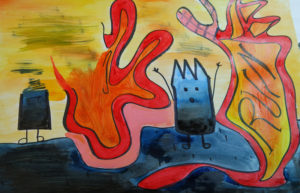
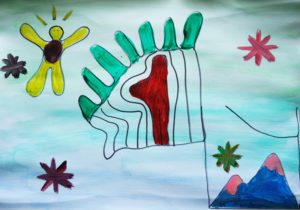
Exercise #2 : Understanding what is composition by doing, looking and discussing
We use papers done by students in previous classes
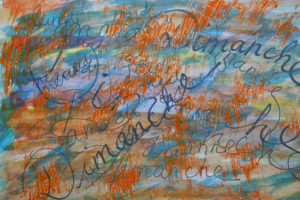
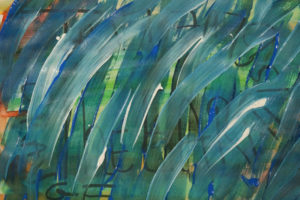
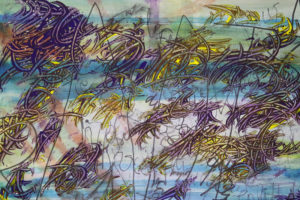
a) Composing with simple squares
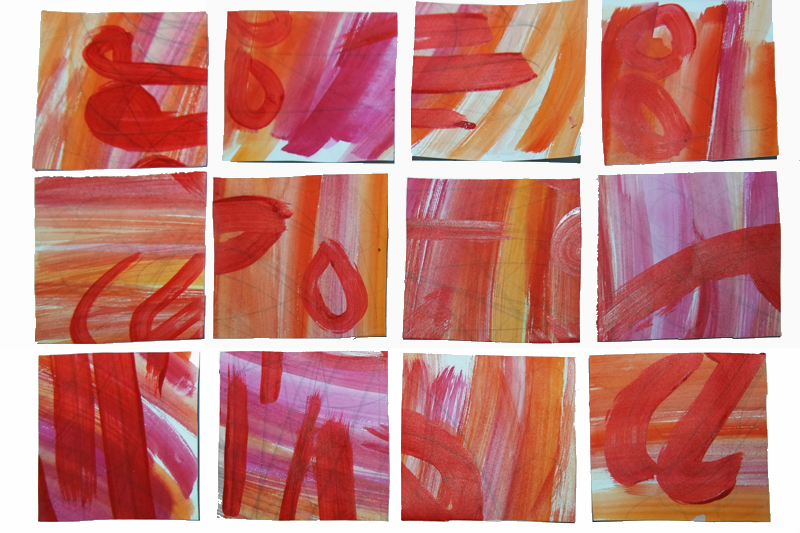
b) Overlapping the squares
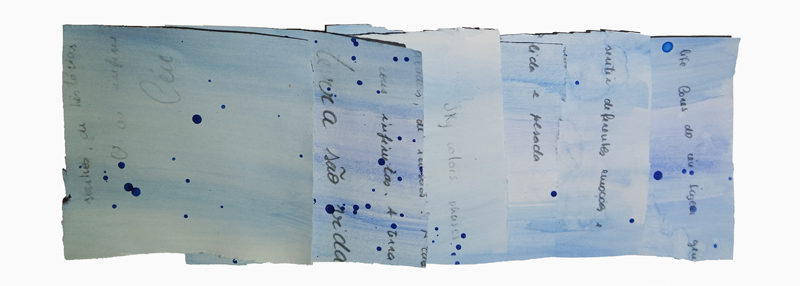
c) Adding “left overs”
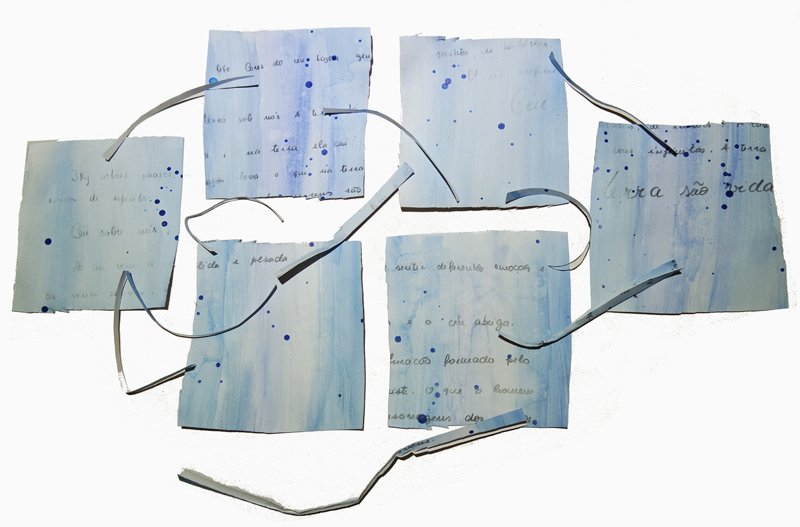
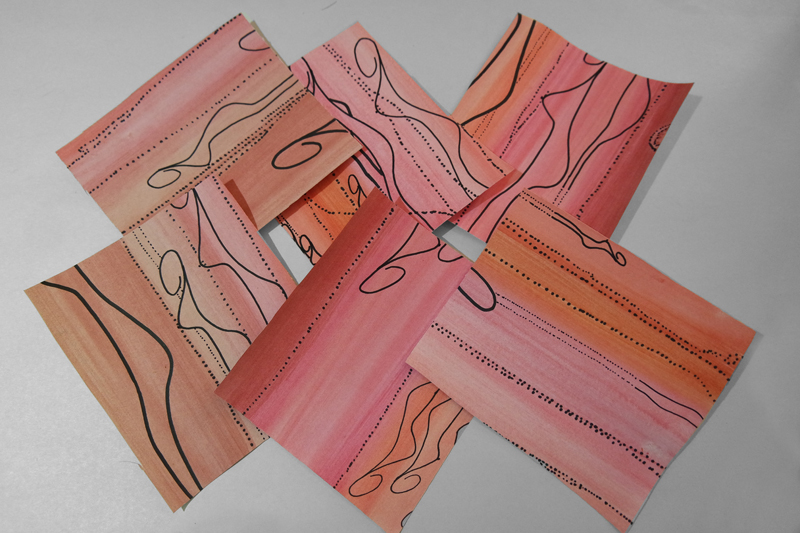
d) Arranging the squares to get new shapes
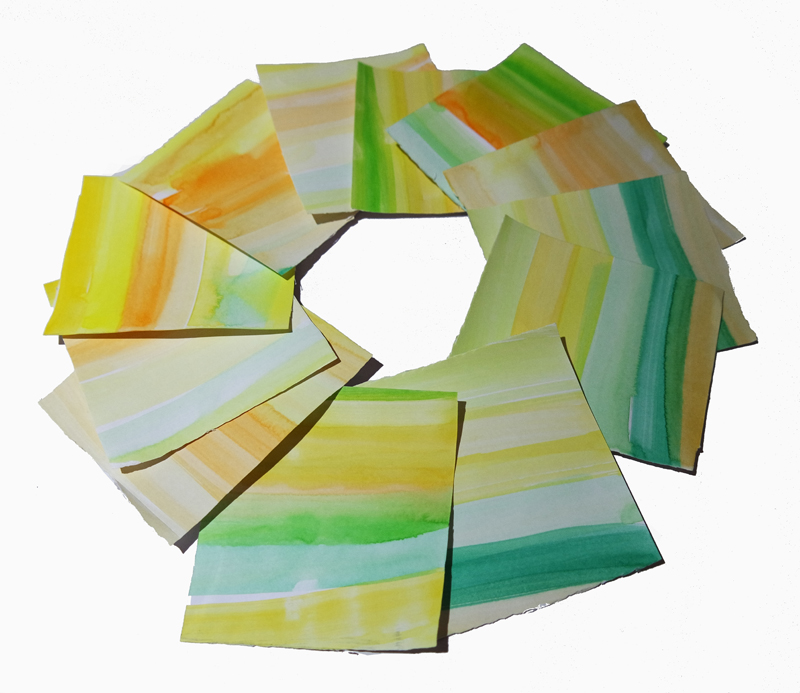
e) Stealing “left overs” from another student
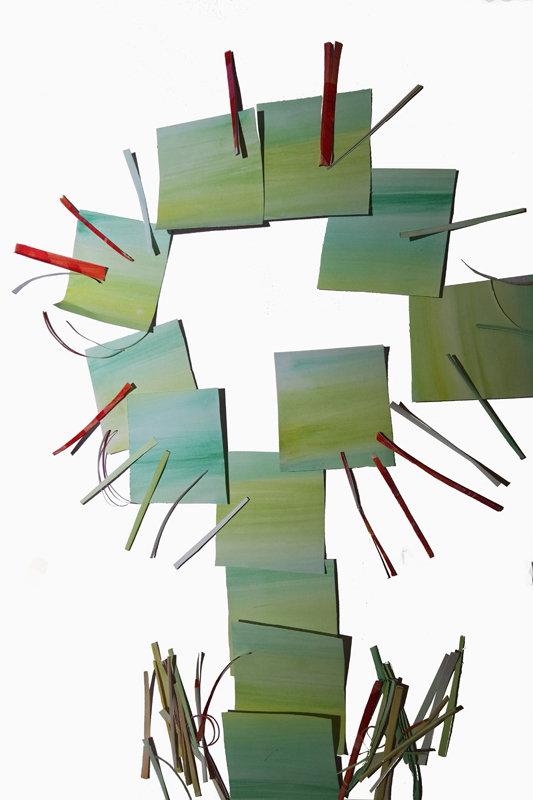
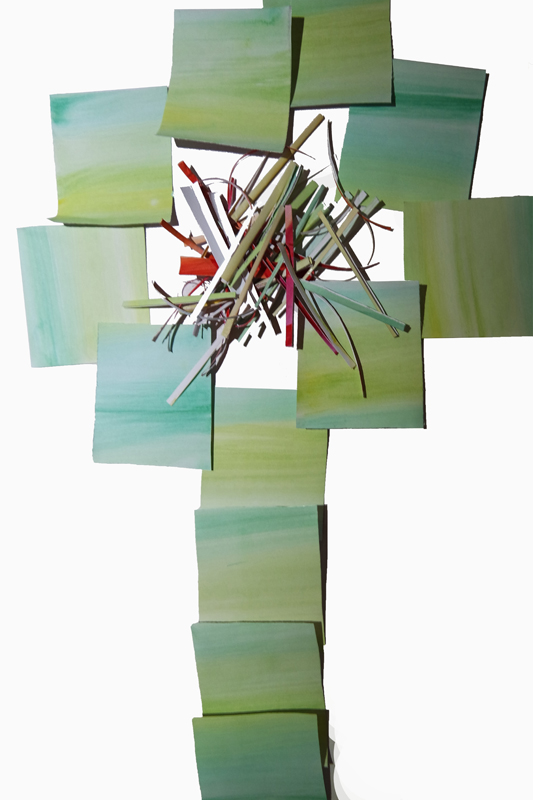
f) Following precise rules for cutting the squares
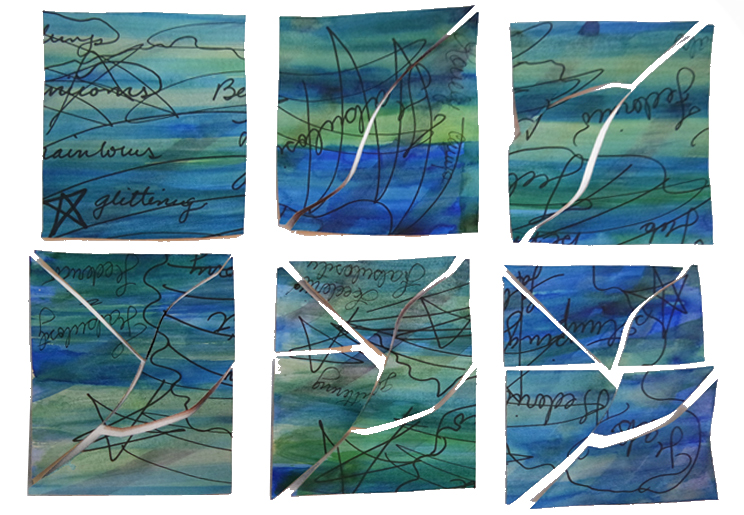
g) Taking advantage from another artistic tool. Here photography ads the third dimension
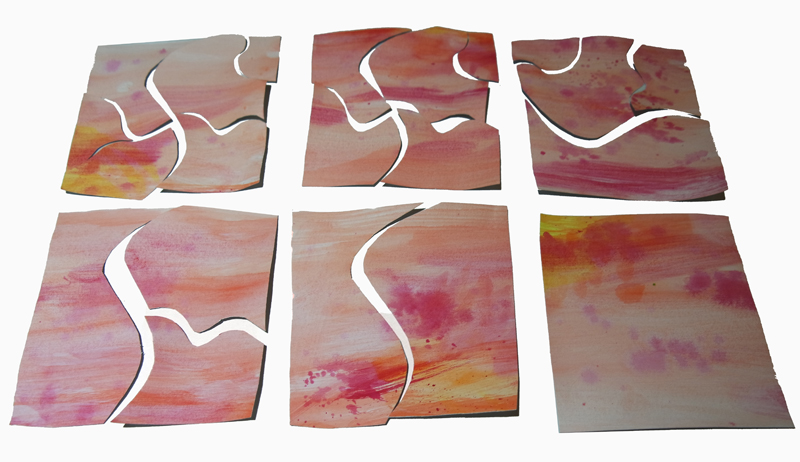
h) Placing the cut parts on a black surface (playground) highlights the internal spaces (here the lines inside the squares) and the external space (outside the 5 squares)
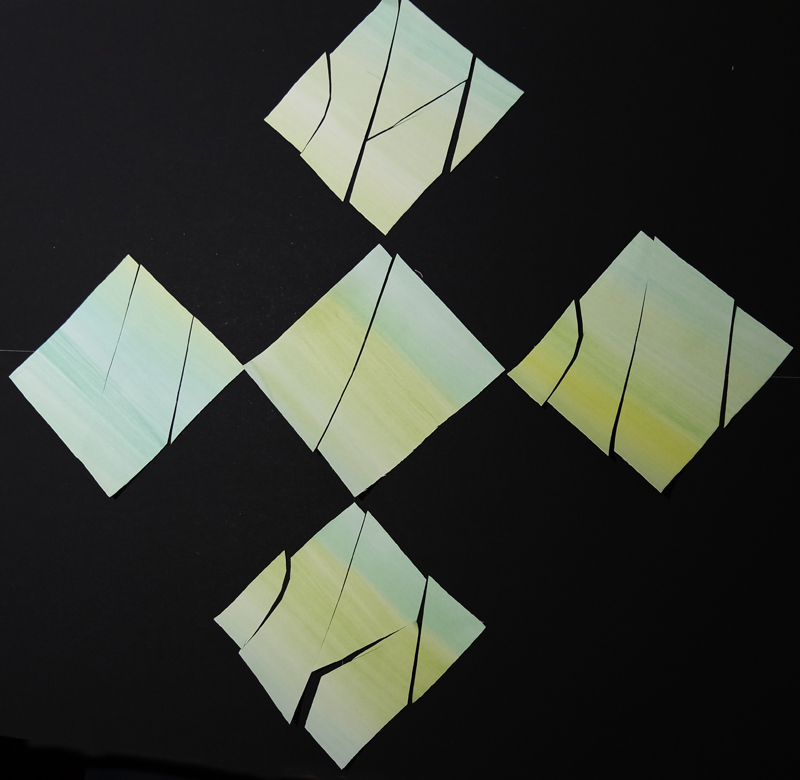
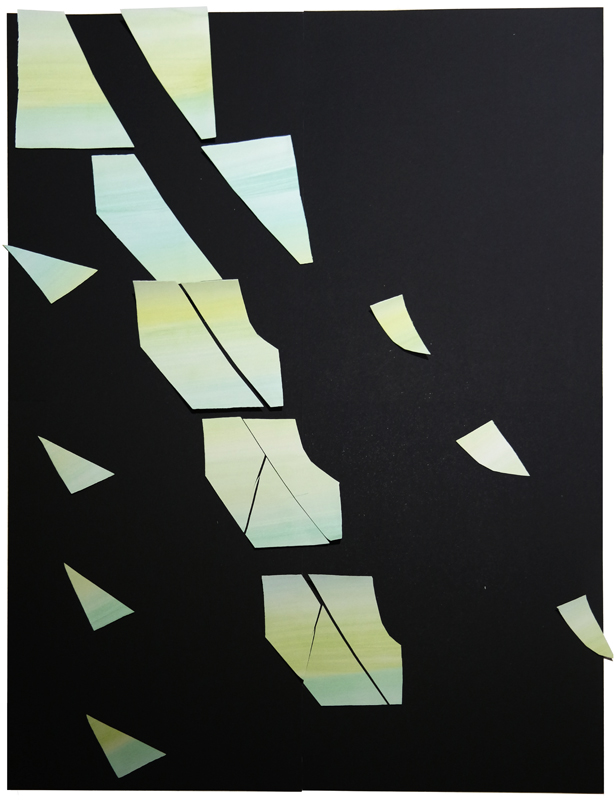
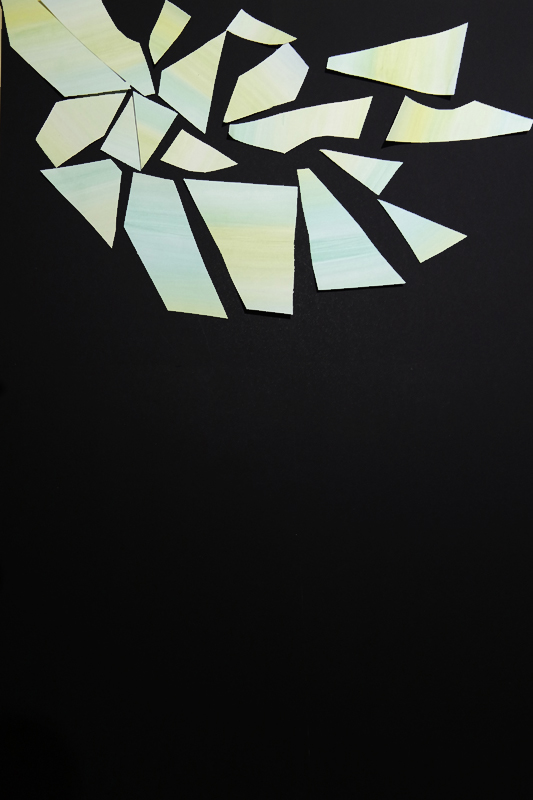
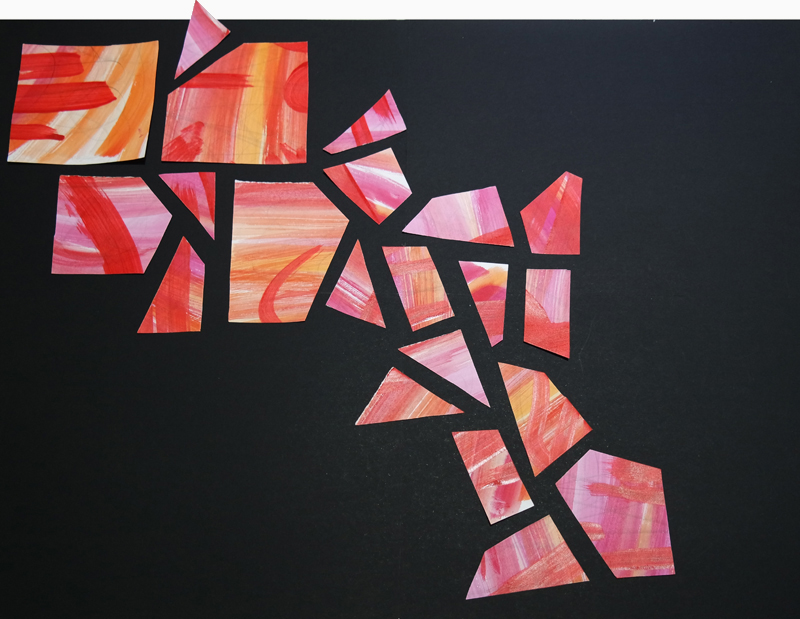
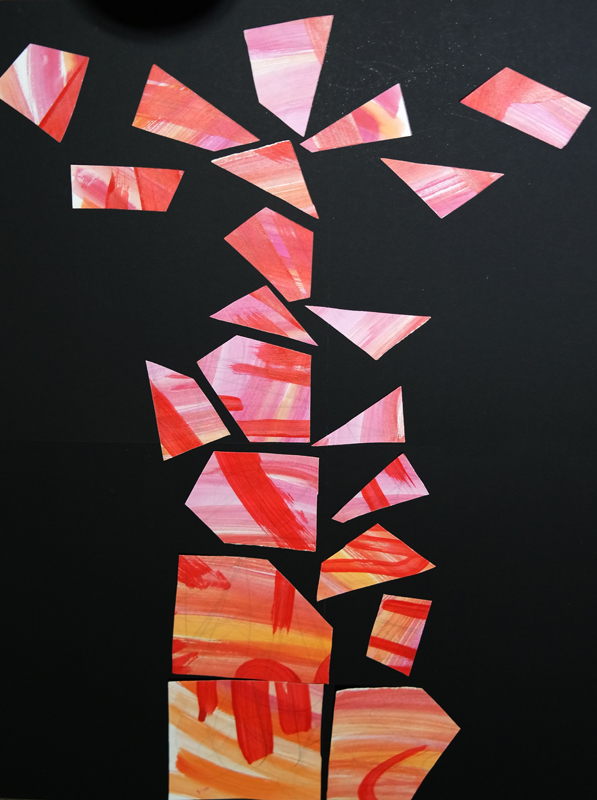
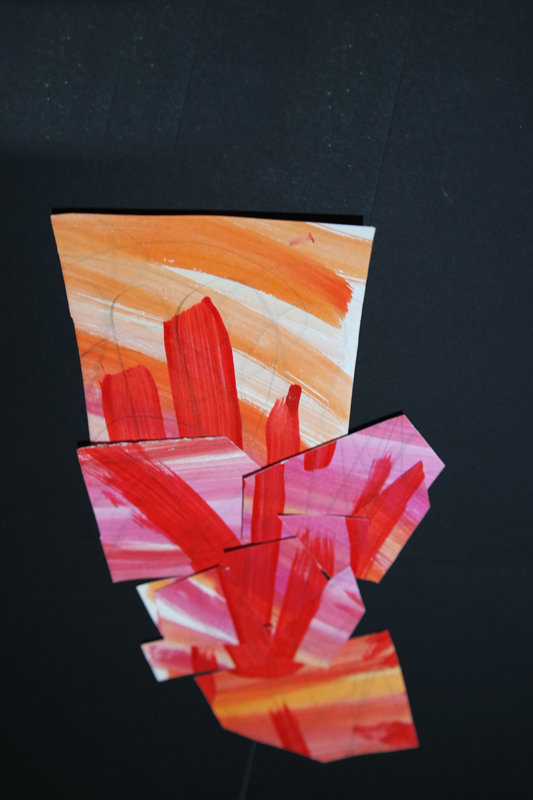
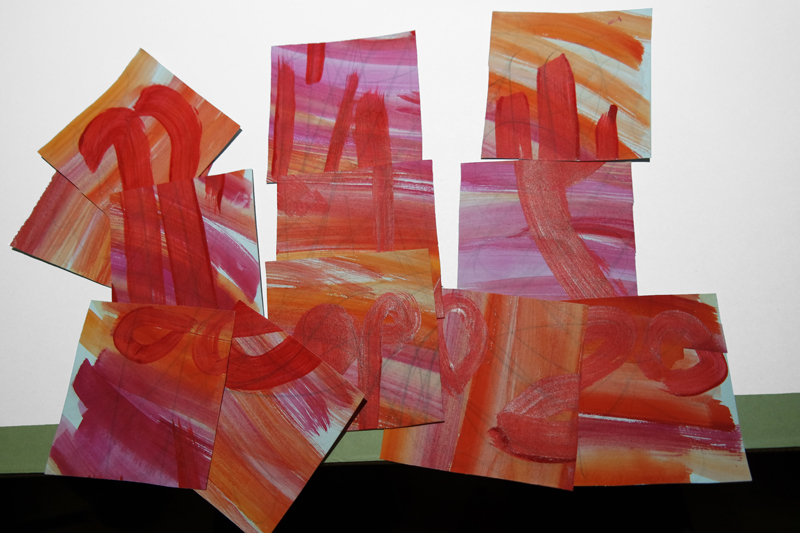
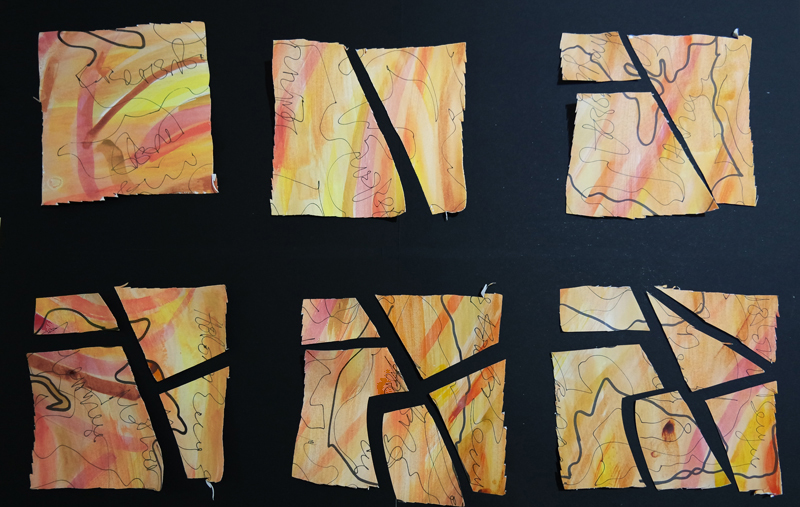
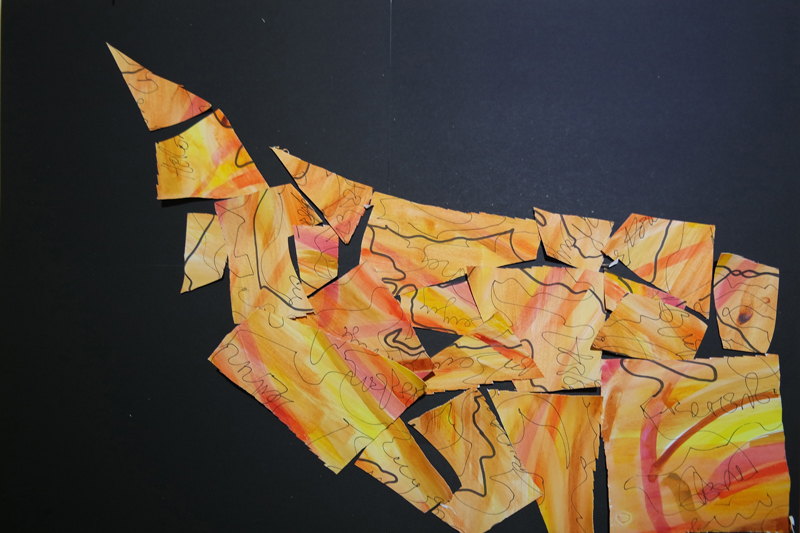
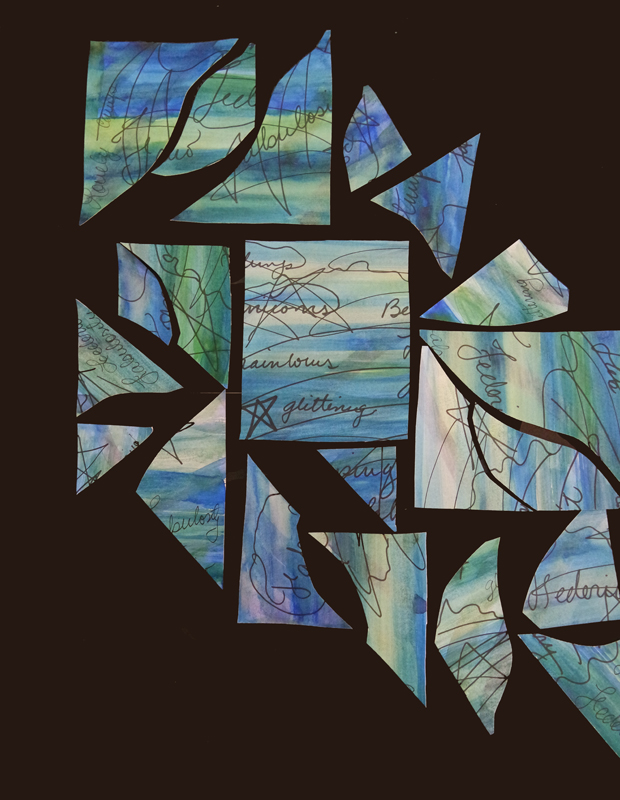
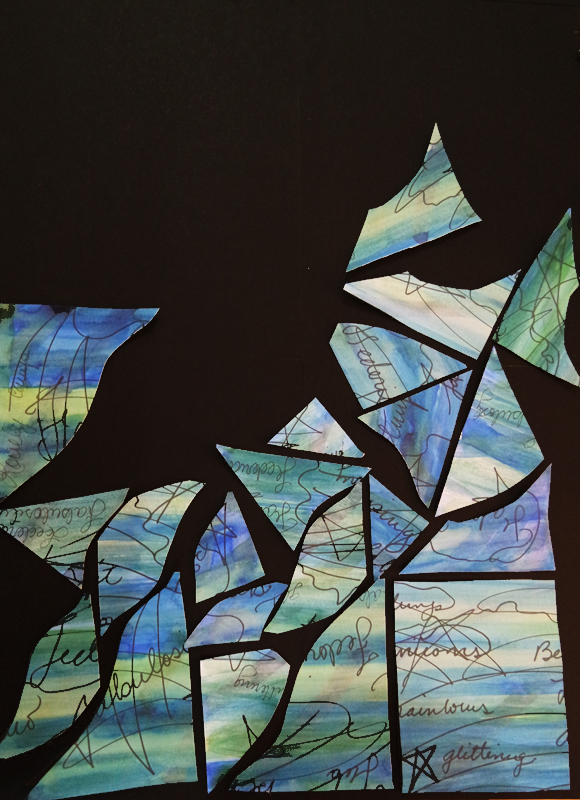
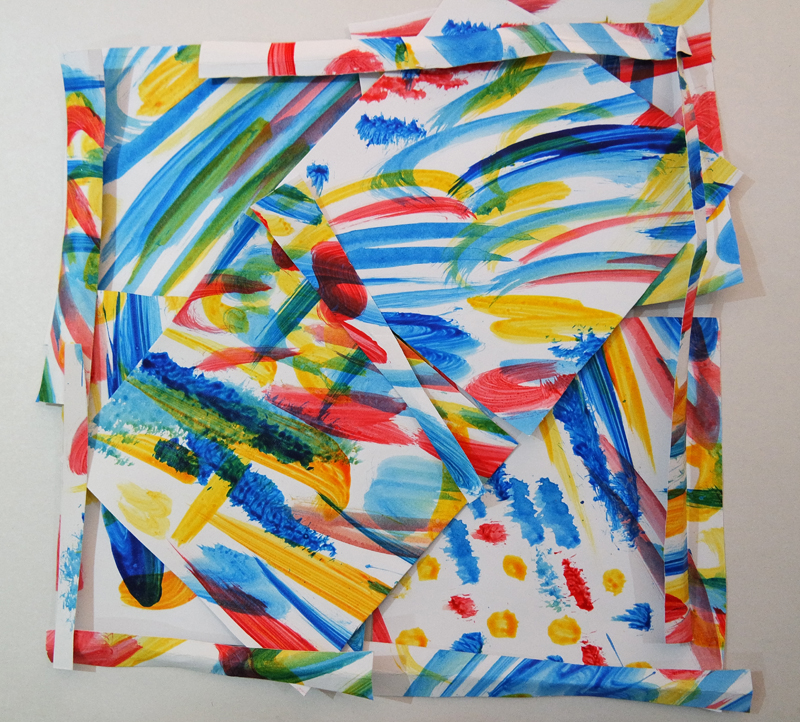
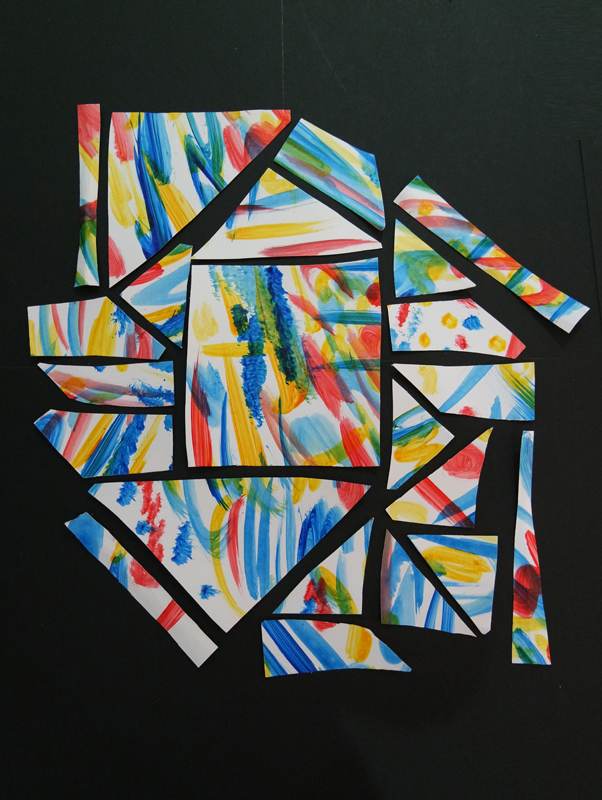
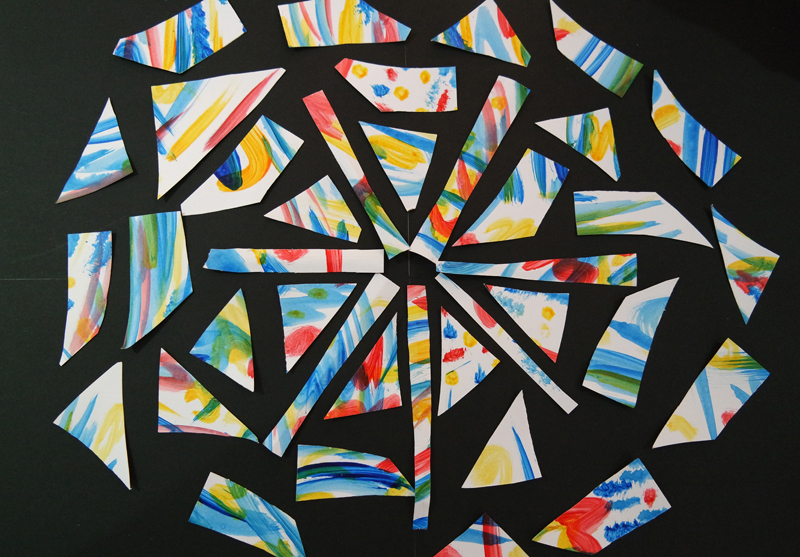
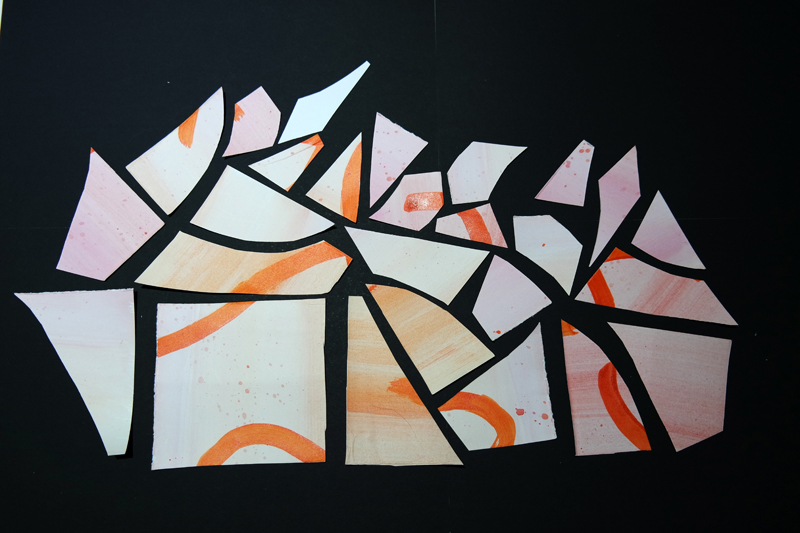
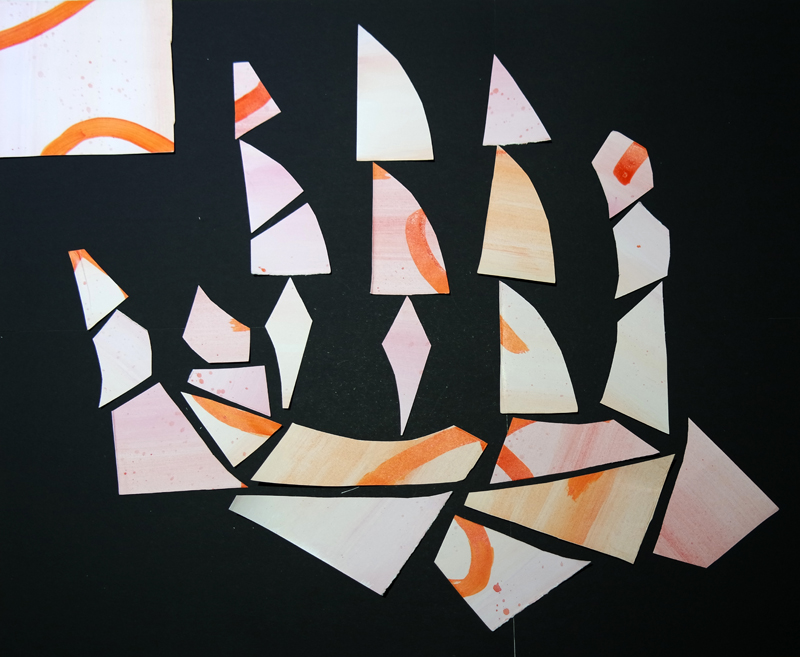
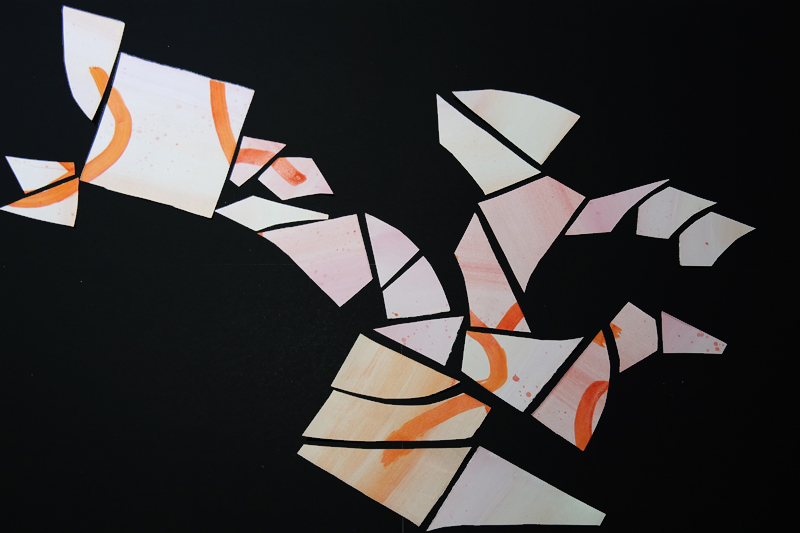
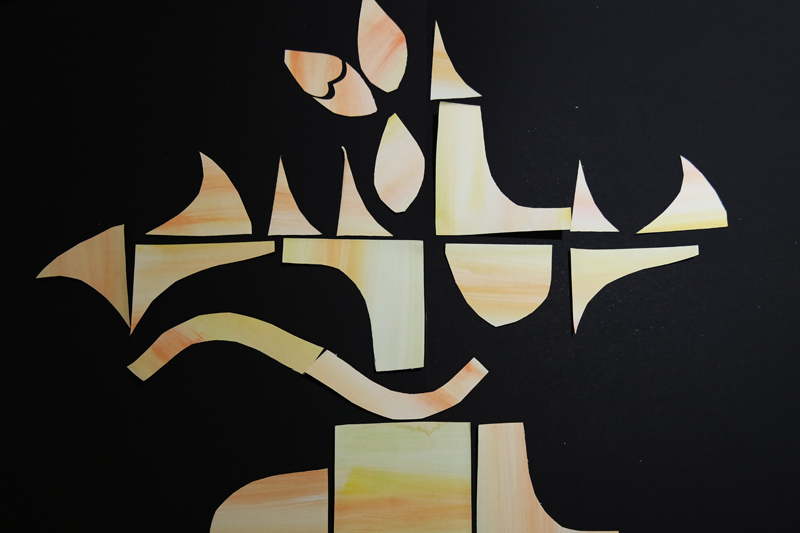
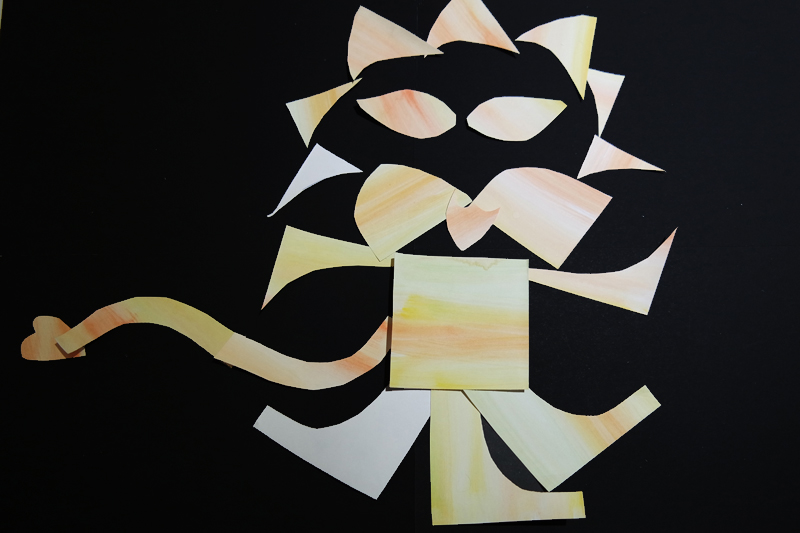
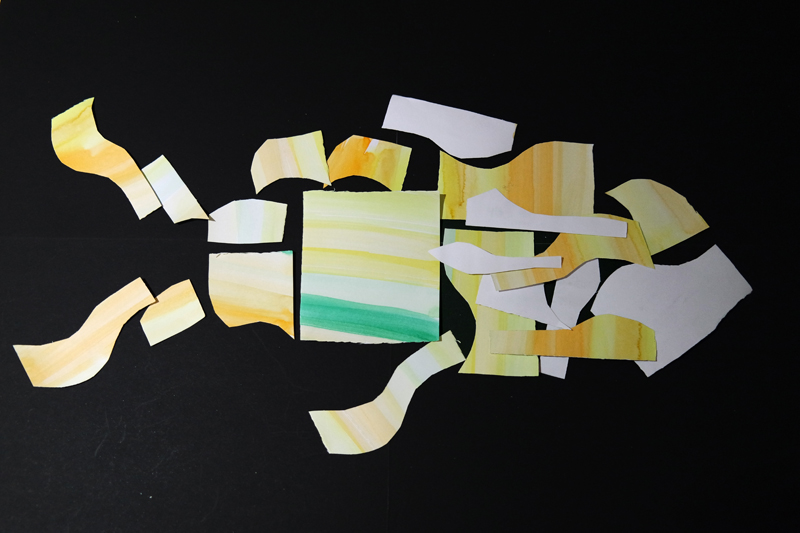
i) Here the negative space becomes central
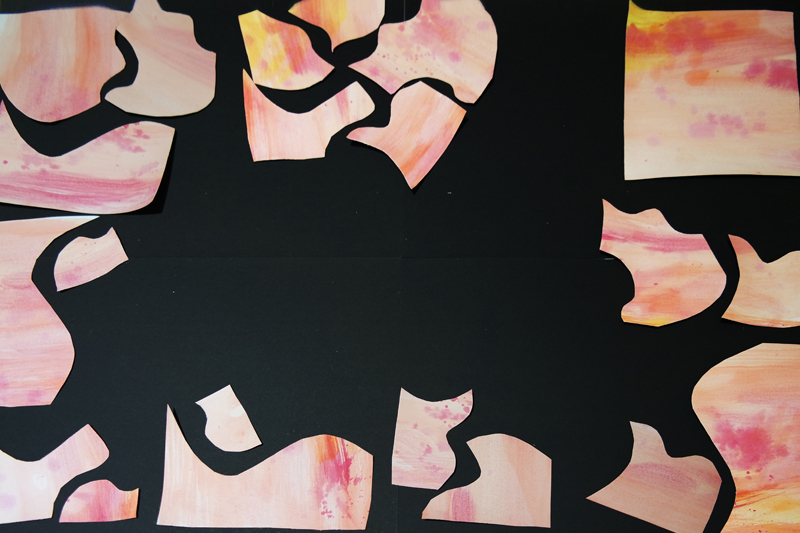
Coming to theory > what is composition ?
See also > https://drawpaintacademy.com/understanding-composition-for-artists/
“Composition in art is essentially the arrangement of visual elements using various principles and techniques. It is often used to describe the overall design of a painting. A well composed painting will intrigue and invite the viewer and help communicate the artist’s statement.”
Here a list of the main visual elements (also called signs) you may/must consider when composing a visual art work.
Lines: The visual paths that enable the eye to move within the piece.
Shapes: Areas defined by edges within the piece, whether geometric or organic.
Colors: The different hues.
Textures: Surface qualities which translate into tactile illusions.
Tones: Tones are graduations of one colour, going from light to dark.
Spaces: The ones inside the shapes or objects (positive), and the ones in between the shapes or objects (negative).
As a conclusion
To play is a excellent method to develop creativity.
You probably know the Tangram play, a specific kind of a dissection puzzle consisting of seven flat shapes, called tans, which are put together to form shapes. The objective of the puzzle is to form a specific figure (given only an outline or silhouette) using all seven pieces, which can not overlap
A Tangram play can be used to easily assess an individual’s imaginative creativity and know in which of its three components lies his strength.
> The number of different themes (house, animals, characters, etc.) that it addresses allows one to appreciate his creative flexibility
> The number of figures he imagines or finds for each theme shows his creative fluidity
> Comparing the figures he creates with to the production of a reference group shows his creative originality.
Over 6500 different tangram problems have been created from 19th century texts alone, and the current number is ever-growing.
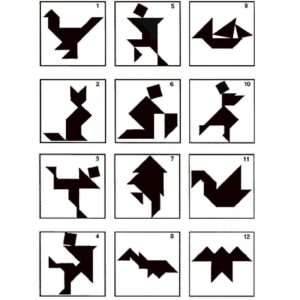 Have a playful week ! See art – be an artist !
Have a playful week ! See art – be an artist !
And may your wishes for 2020 come true.
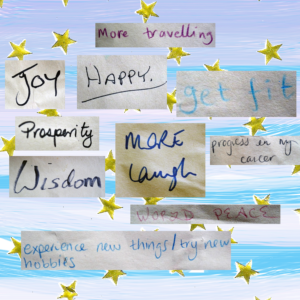
Christine
_________________________________________________________